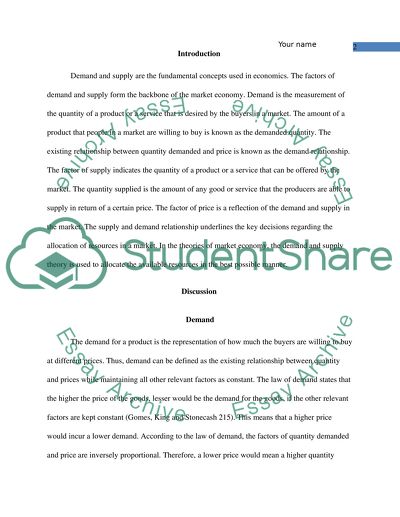Cite this document
(“Demand, supply, and equilibrium Term Paper Example | Topics and Well Written Essays - 1750 words”, n.d.)
Demand, supply, and equilibrium Term Paper Example | Topics and Well Written Essays - 1750 words. Retrieved from https://studentshare.org/macro-microeconomics/1652480-demand-supply-and-equilibrium
Demand, supply, and equilibrium Term Paper Example | Topics and Well Written Essays - 1750 words. Retrieved from https://studentshare.org/macro-microeconomics/1652480-demand-supply-and-equilibrium
(Demand, Supply, and Equilibrium Term Paper Example | Topics and Well Written Essays - 1750 Words)
Demand, Supply, and Equilibrium Term Paper Example | Topics and Well Written Essays - 1750 Words. https://studentshare.org/macro-microeconomics/1652480-demand-supply-and-equilibrium.
Demand, Supply, and Equilibrium Term Paper Example | Topics and Well Written Essays - 1750 Words. https://studentshare.org/macro-microeconomics/1652480-demand-supply-and-equilibrium.
“Demand, Supply, and Equilibrium Term Paper Example | Topics and Well Written Essays - 1750 Words”, n.d. https://studentshare.org/macro-microeconomics/1652480-demand-supply-and-equilibrium.


